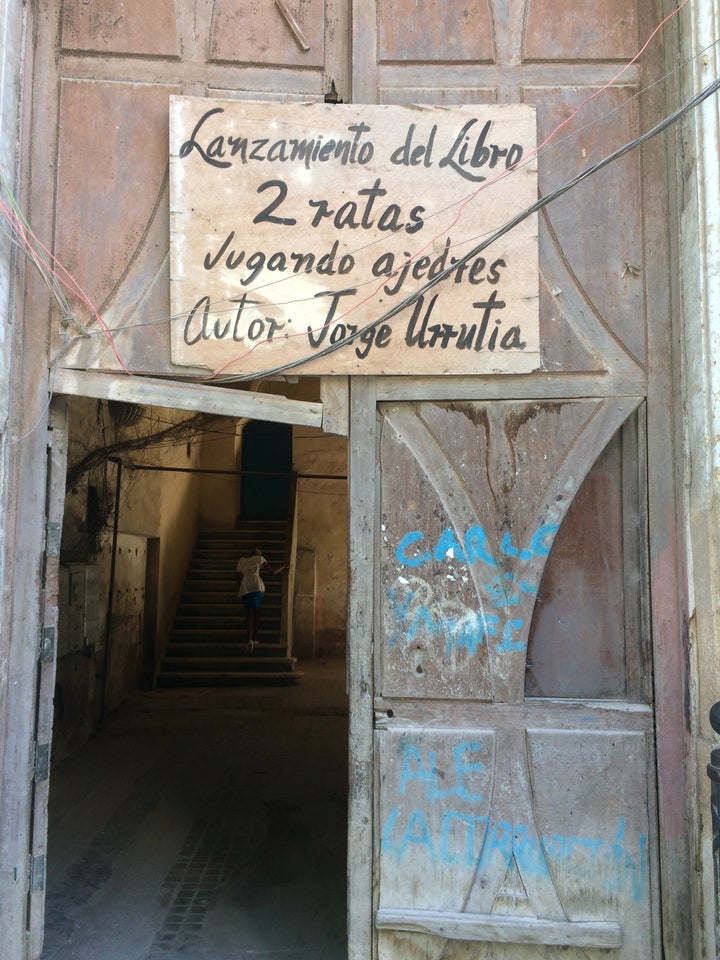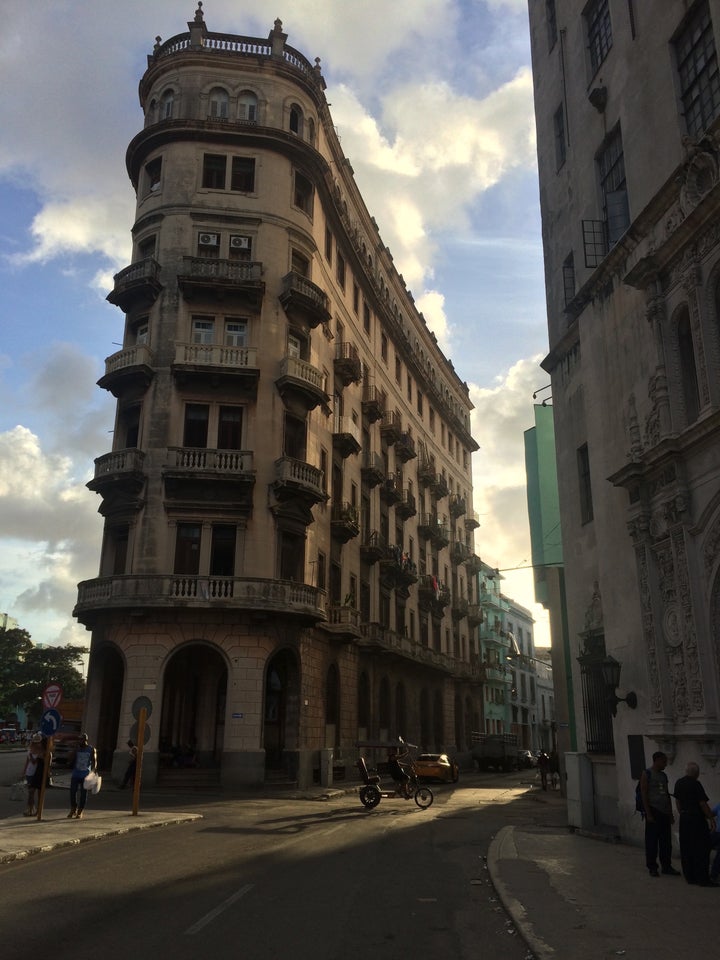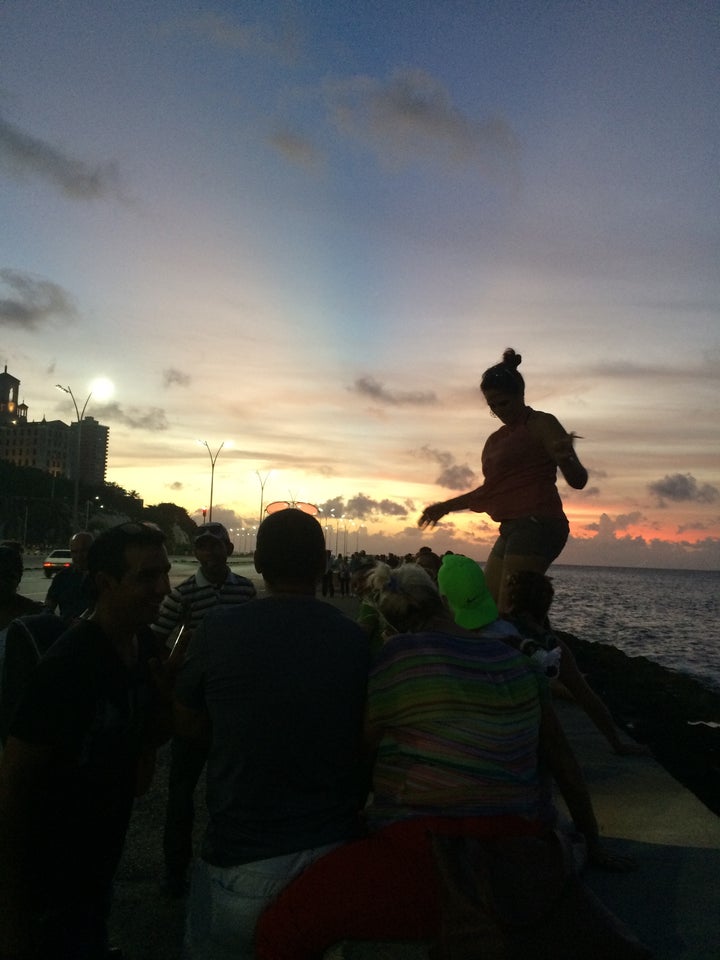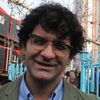Cuba: A Photo Essay
What I remembered was what was missing. It took me two days to remember what had happened here, that there was a revolution here, that 70 years of embargo and shared hostility had passed between the Cuba and the United States. There was in Havana very little of the sort of official instruction and loud denunciation you might see in Tehran or even Cairo on a bad day. To find the revolution I had to go out and find it. It wasn’t easy.
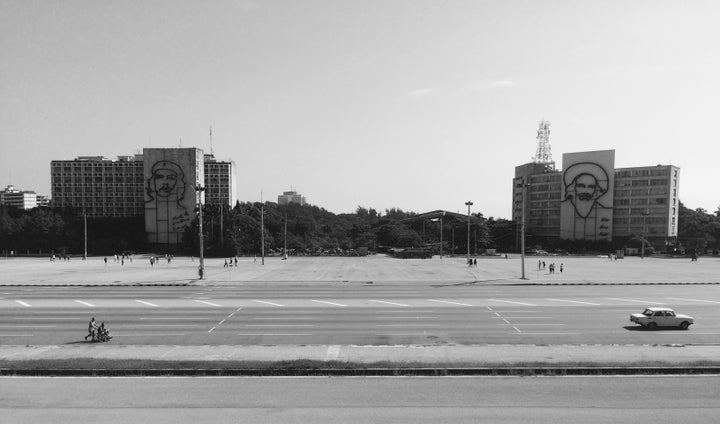
La Plaza de la Revolución, Havana, Cuba.
Not that the state had forgotten. Efforts had to be made to reproduce the revolution and the usual posters and proclamations could be found here and there, desultory affairs placed on the entrances to government buildings and behind teller windows, dutifully ignored by the public. Politics, it seems, does not get in the way of being Cuban and folks went about their daily lives unmolested by the official discourse. Havel’s green grocer needn’t bother in Cuba, the panorama overwhelmed the message.
But what did it mean to be Cuban? Sit in a shaded corner of the old town and watch Cubans put on the act for her visitors, Buena Vista soaked daydreams for the traveling crowds. A simulacra of the "real" Cuba on repeat, until eventually the performance becomes the thing itself.
For their part, the tourists played their part. They come to Cuba dressed to the gringo nines, with satchel and camera bandolier-strapped across their bodies, and go about their business in almost scientific fashion, self-made anthropologists in the wild. We curate our lives nowadays, our experiences mediated by the lens of a camera or a cell phone, and here it was no different, the photos taken of the “reality” and "actual Cuba" destined for a Facebook and Instagram feed but only if they matched what we already imagined Cuba to be.
Was I complicit in producing this illusion? I kept my distance from the foolishness, taking care to pull my iPhone from my cargo shorts in increments...
Cubans sat through these hijinks with aplomb, by turns amused and indifferent. Some were on the make, and found ways to pull resting tourists from park benches and into the restaurants and cabarets, but for the most part the hustle was constrained.
More than anything, their expression was one of compassion and a genuine interest. Where was I from? Mexico? Italy? What did I think of Cuba?
I stayed further out from the center and so had to learn quickly how to get around in order to go about my business. Anyone’s who’s ever lived or worked in a developing country will immediately recognize Havana’s routines, the aggravation and frustration of trying to acquire transport, the ceaseless negotiations and information sharing among ordinary folks, the easy conversations that comes when a crowd of hot and bothered folks find themselves tossed into the same mess. Cubans gave me the same camaraderie that I’ve encountered in Tehran, or Recife, or Montevideo, everyday folks eager to help a wayward tourist but also each other, even as they bustle and hustle to grab that last spot on the bus.
But the colors! The days were colors, more than I could have imagined, more than I could bear.
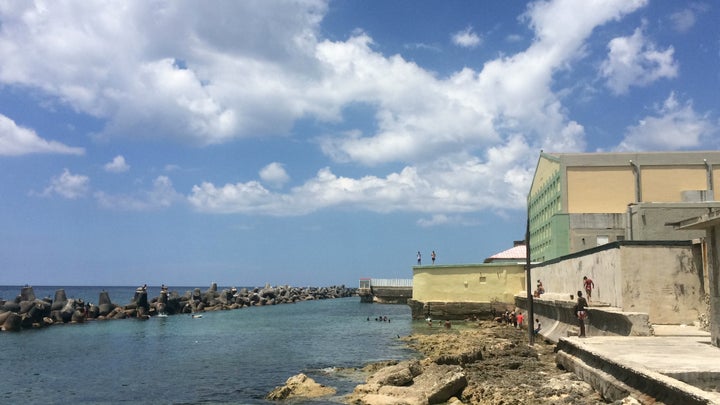
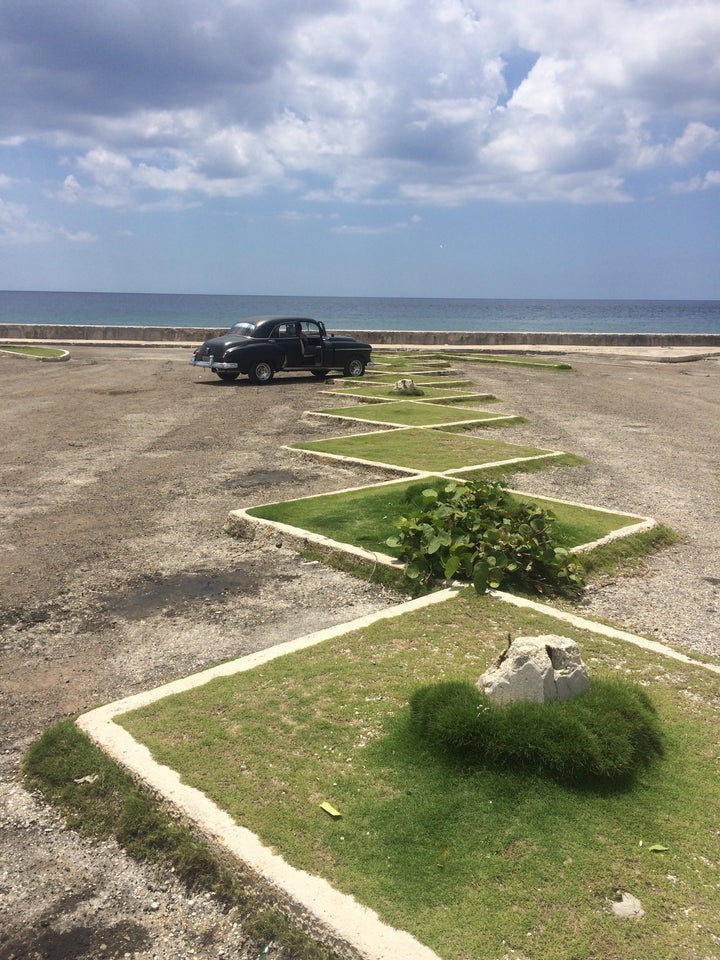


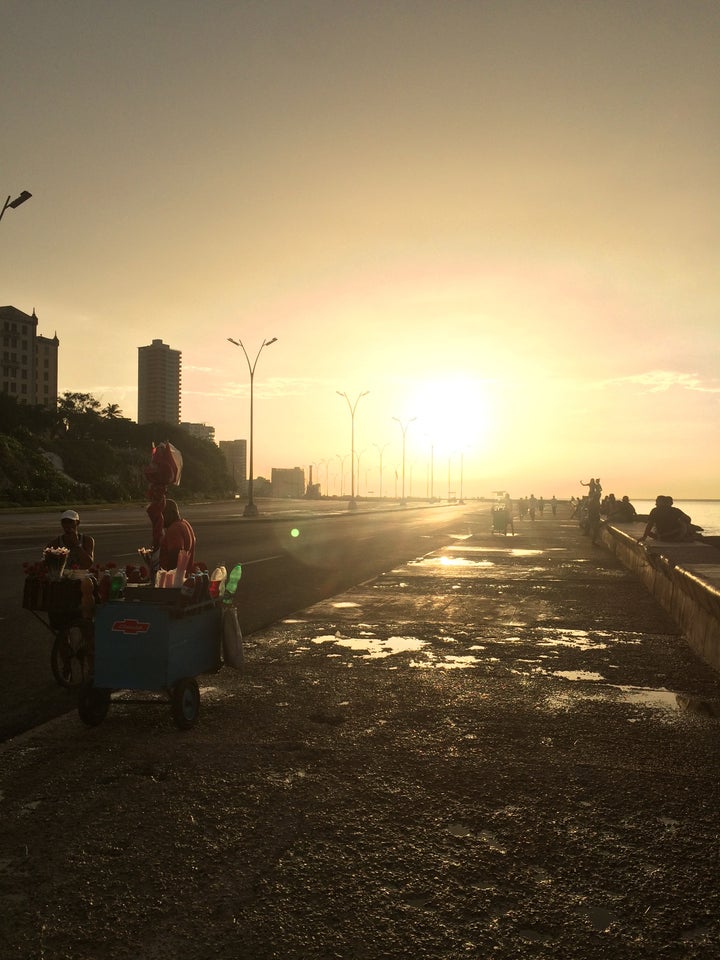
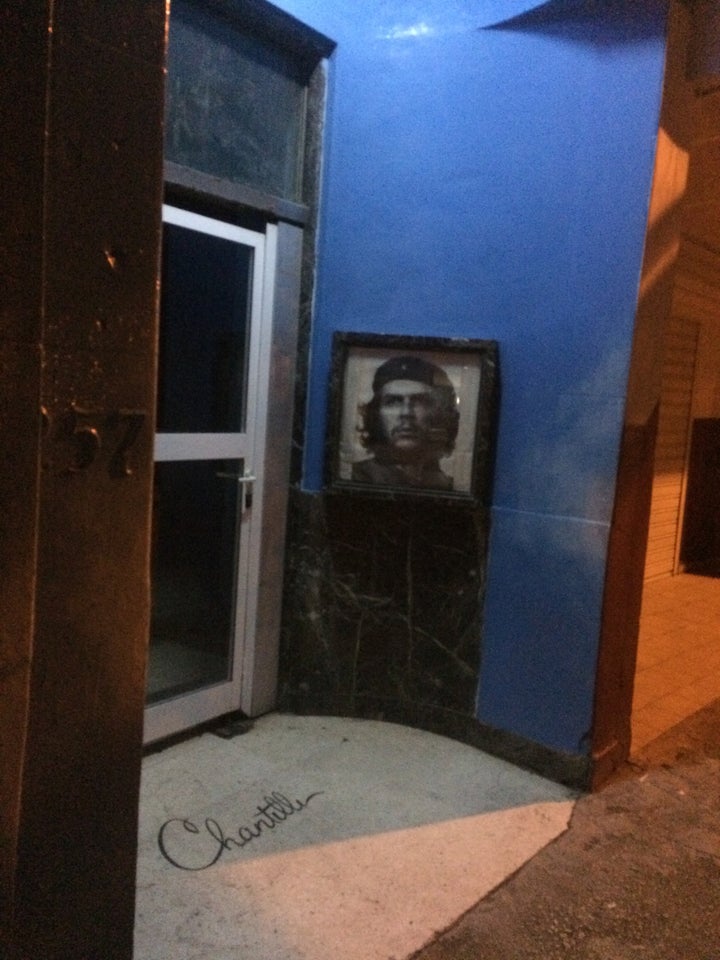
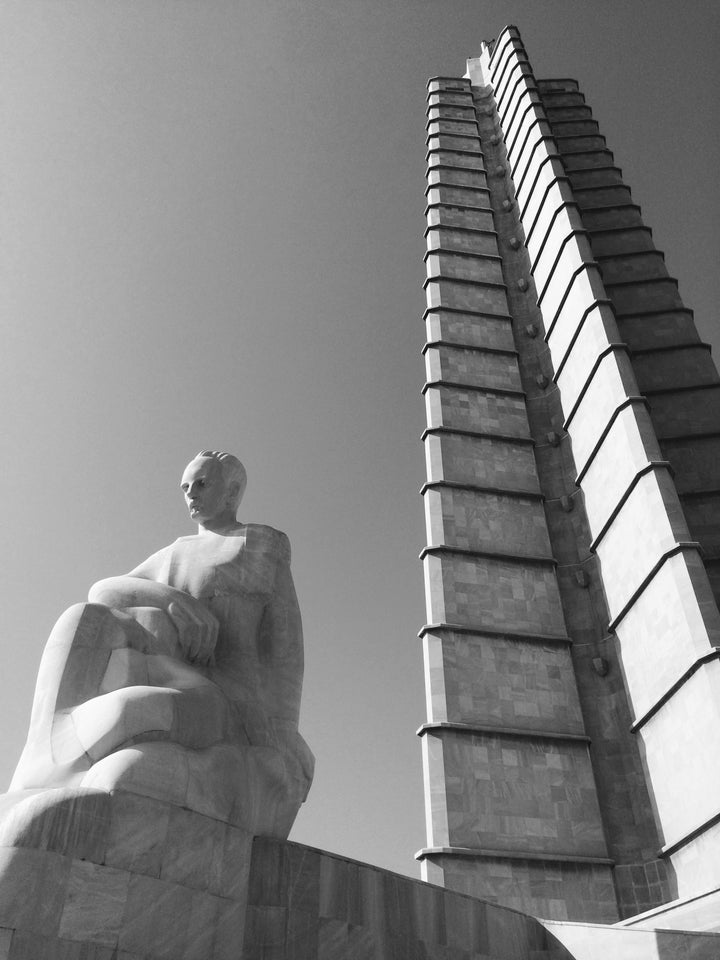
The massive memorial to José Martí towers over La Plaza de la Revolución.

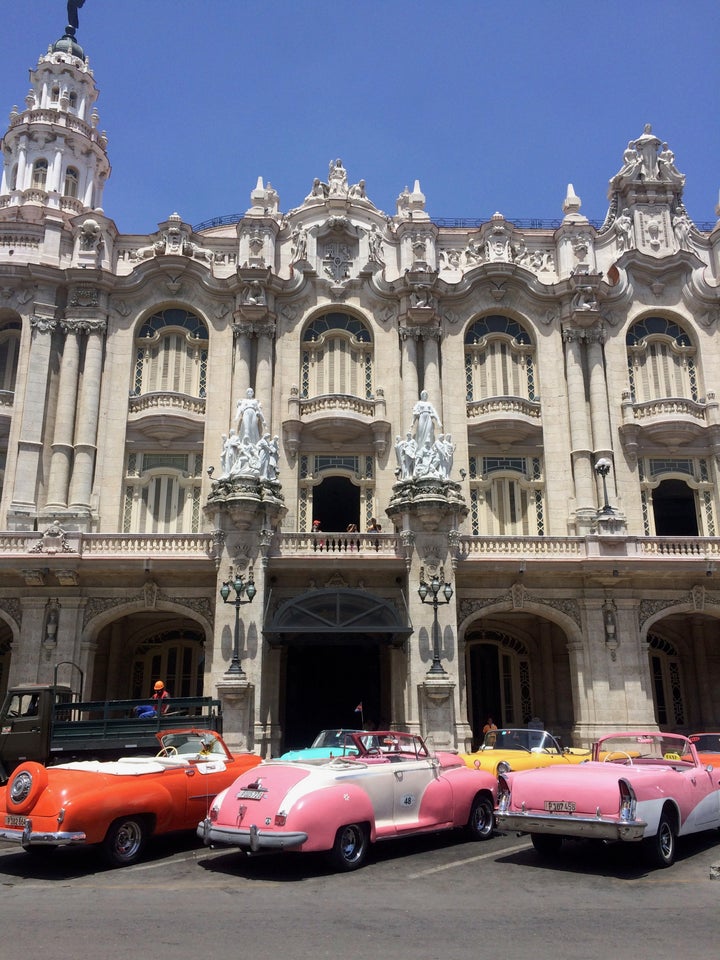
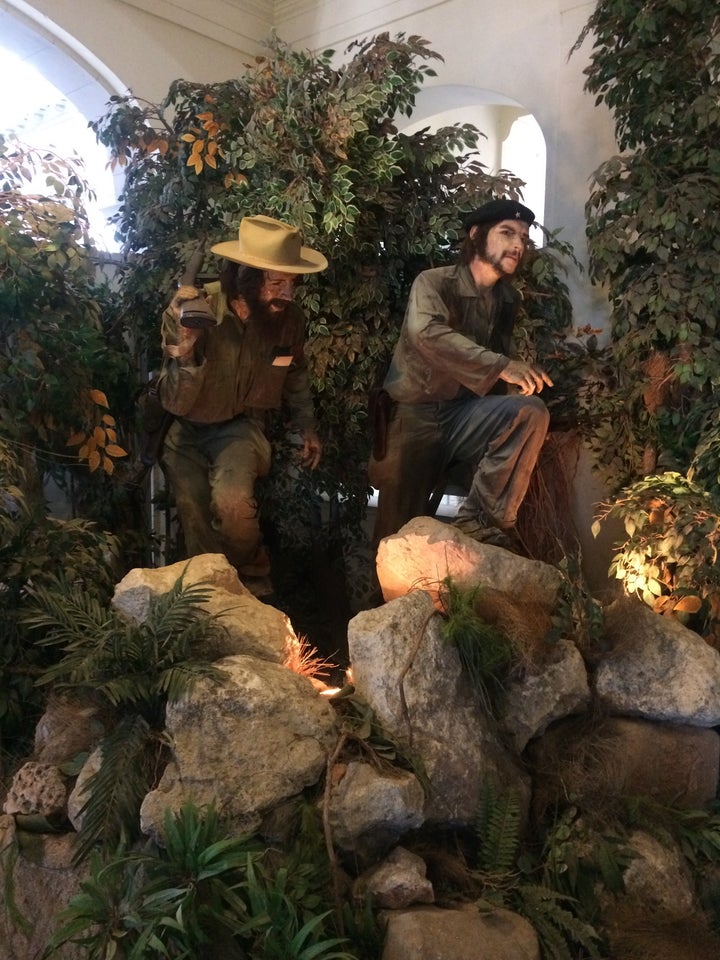
Cienfuegos and Ché, out of the woods and hasta la victoria, forever. Display located in the Museum of the Revolution.
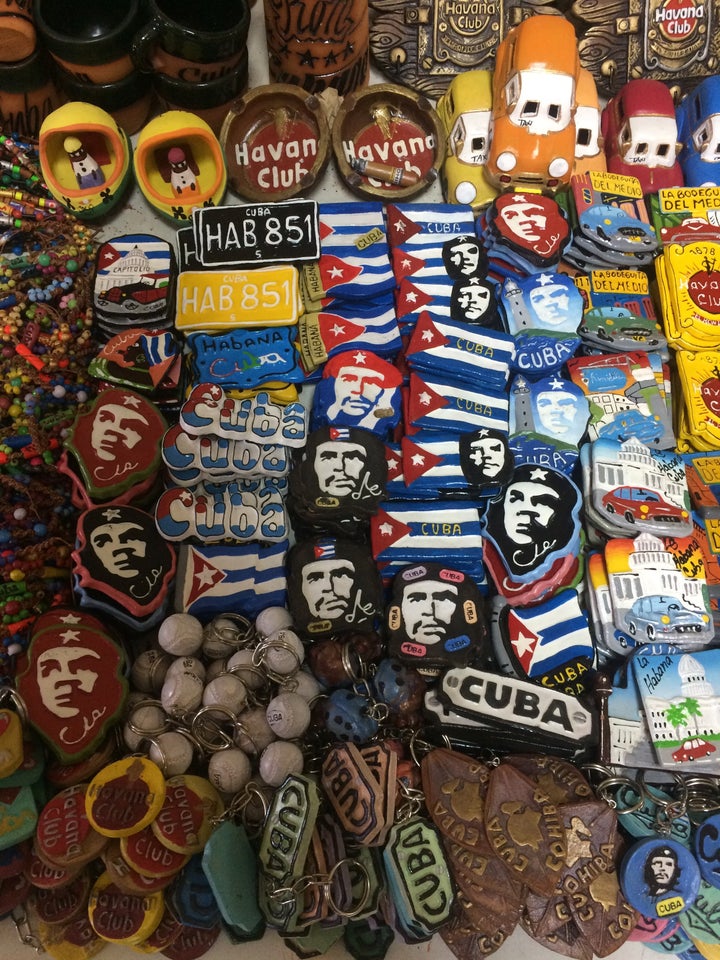
Ché commodified. The Argentine figures more prominently in private shops and markets than in public spaces or on murals, a concession to be sold to tourists.
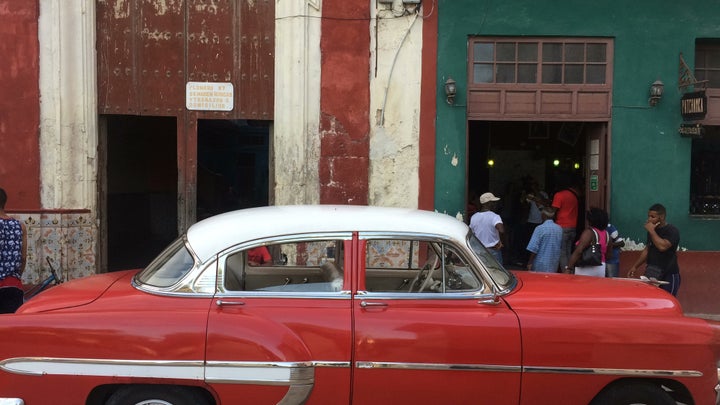


The Museum of the Literacy Campaign. More than a million Cubans were mobilized as part of a massive campaign to eradicate illiteracy in 1961.
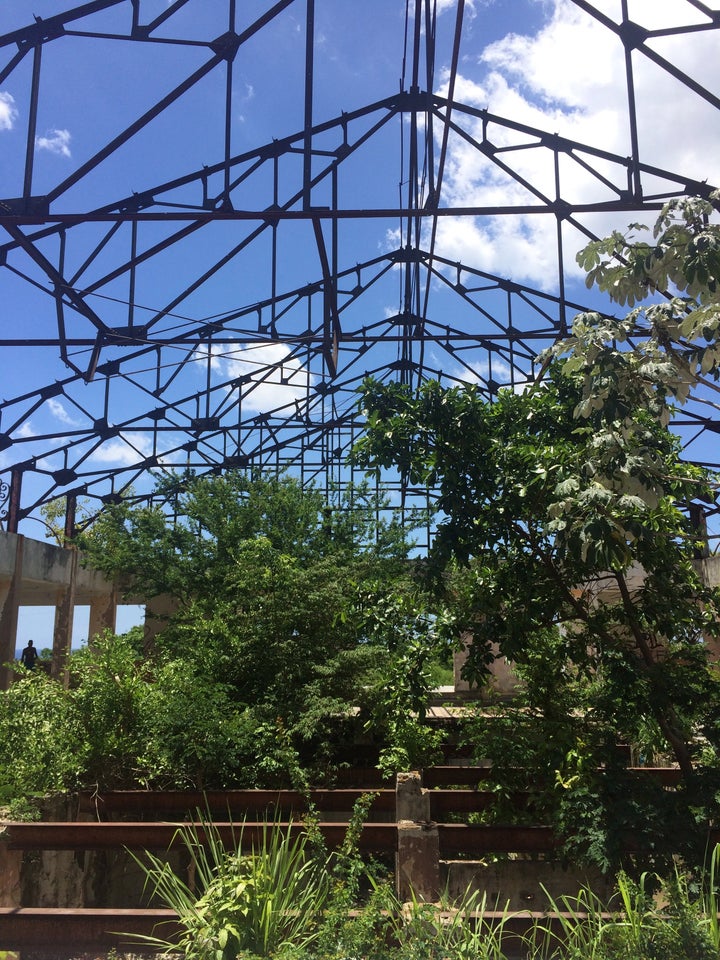
Skate park in Havana.
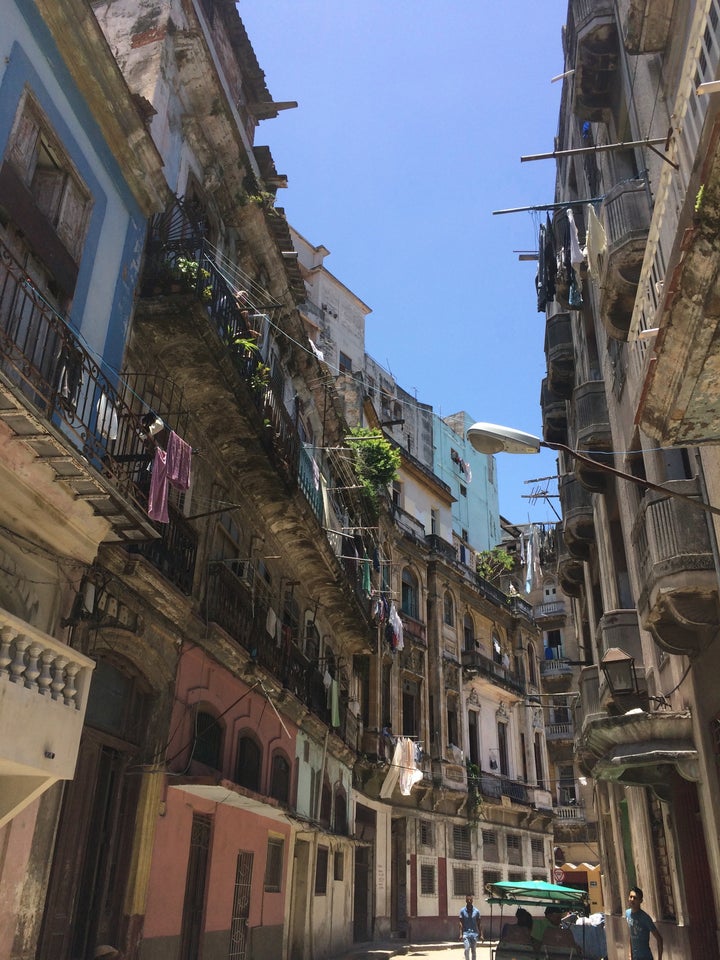
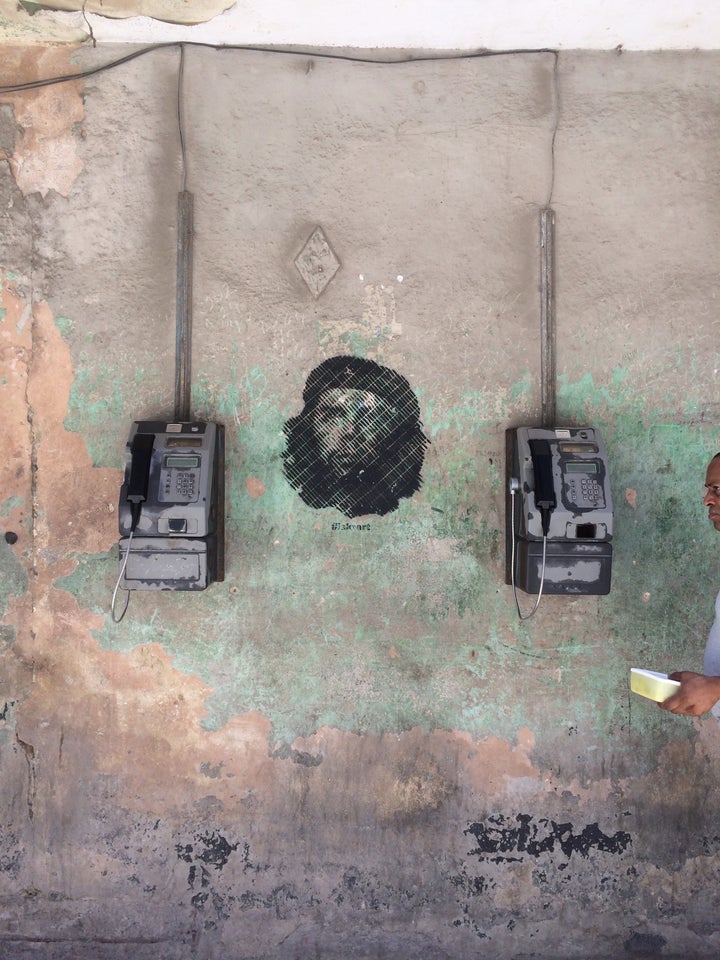
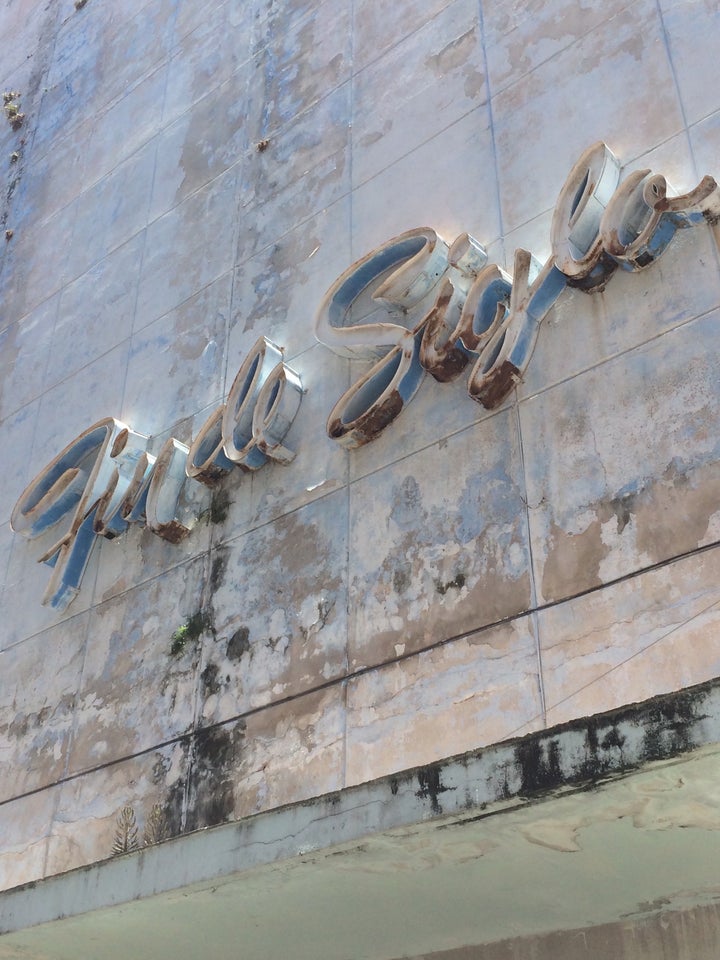
One of the many old signs of Havana, nostalgia for an era that never was.

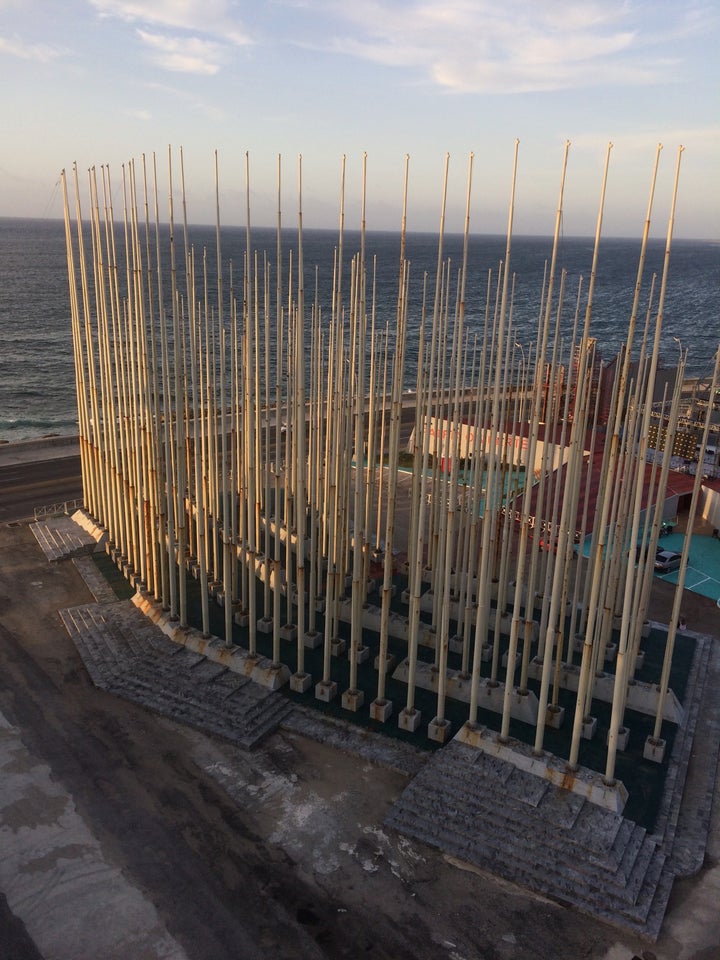
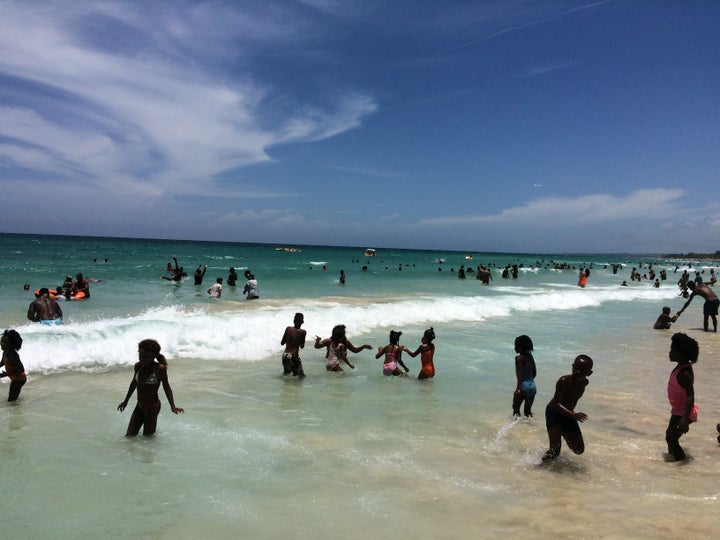

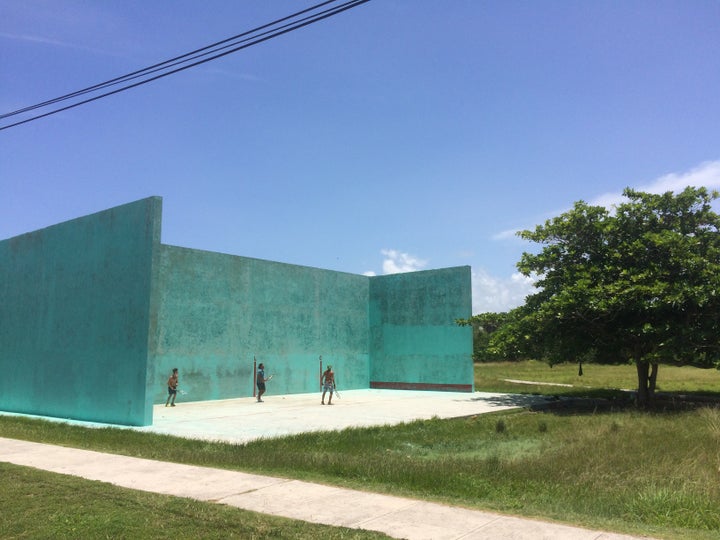
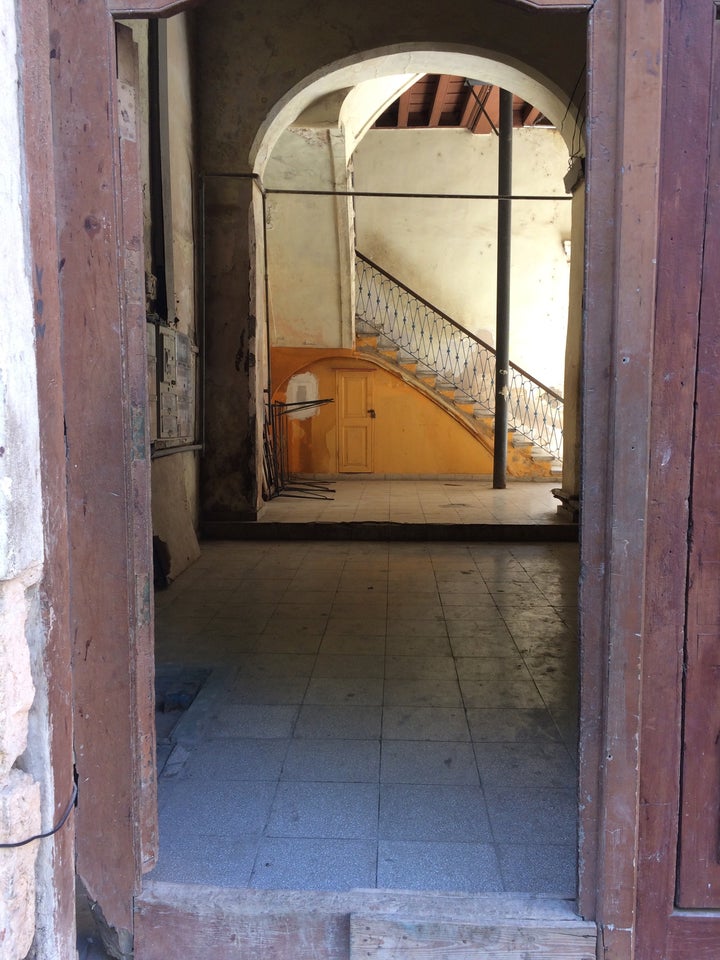
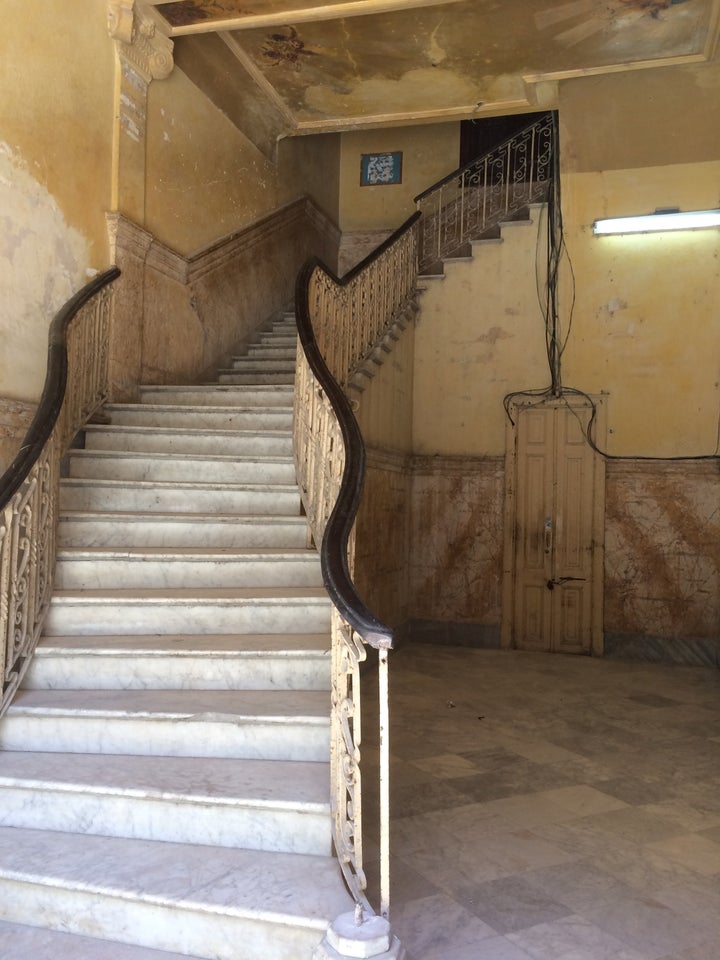
I loved the stairways of the palatial and ruinous buildings in Old Havana. Warm throughout most of the day, it was not uncommon to find doorways left open to the street, giving passersby the beginning of the life indoors.
